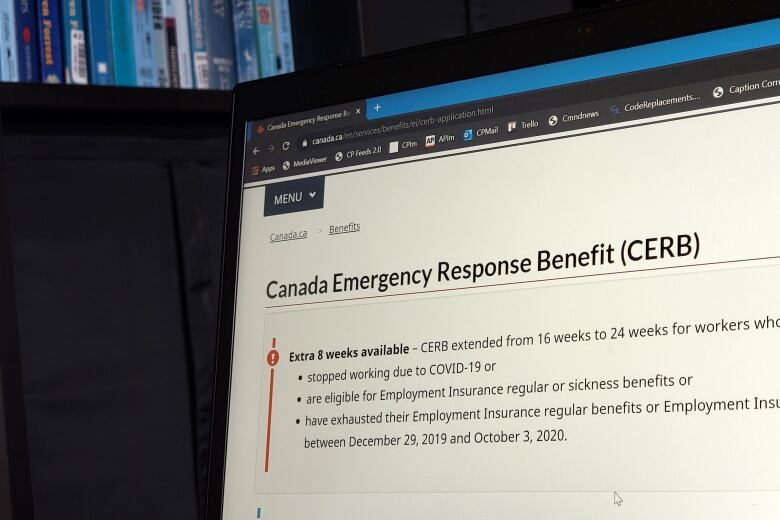Toronto had the highest poverty rate of any city or municipality in Canada with a population over 500,000 people in 2022, a new report says.
The report, authored by national anti-poverty group Campaign 2000 and Social Planning Toronto, found the city’s child poverty rate jumped from 16.8 per cent to 25.3 per cent between 2020 and 2022.
“Toronto has the unfortunate distinction of being the child poverty capital of Canada,” the report reads.
In 2022, some 117,890 children in the city were living in poverty.
The report uses data from income tax returns and the Canadian census, accessed through Statistics Canada.
It also incorporates data from two community conversations with experts in poverty and marginalization in Toronto that took place in 2023.
Campaign 2000 also releases an annual national report on child poverty. You can read a breakdown of this year’s report here.
Child poverty increased in all Toronto wards, report finds
Child poverty rates have increased in each of Toronto’s 25 wards since 2020, the report says.
In nine wards, 30 per cent of children or more were found to be living in poverty in 2022. Four of these nine wards were in Scarborough, according to the report.

Toronto Centre had the highest rate of child poverty in the city at 36.6 per cent, the report says.
It was followed by Scarborough-Guildwood, at 34.1 per cent, and Humber River-Black Creek, at 33.9 per cent.
Many census tracks, which are smaller geographic areas than wards, show the highest rates of child poverty happening in the downtown core and inner suburbs, including the city’s northwest area and Scarborough.
Pandemic benefits caused child poverty to fall
From 2015 to 2019, Toronto’s child poverty rate fell from 29.1 per cent to 22.7 per cent, a decline the report says was largely attributed to the introduction of the Canada Child Benefit (CCB) in 2016.

CCB is a tax-free monthly payment made to eligible low and middle-income families with children.
Child poverty fell by another 5.9 per cent from 2019 to 2020 due to temporary pandemic benefits, including a one-time top-up to the CCB and the Canada Emergency Response Benefit.
But as most major COVID-19 income support program reports ended by the fall of 2020, child poverty in Toronto rose rapidly in 2021 and 2022, the report says.
“We cannot allow the steady progress made between 2015 and 2020 to slip further away,” the report reads.
“Amidst an affordability crisis, families need their governments to double-down on policies that will ensure every child and every family has what they need to live comfortably and with self-determination.”
Half of all children in one-parent families in the city lived in poverty in 2022.
The report says one-parent families were disproportionately impacted by the elimination of benefits related to the COVID-19 pandemic.
As well, 2021 Census data shows poverty disproportionately impacts children who are Indigenous, racialized, immigrants, newcomers and non-permanent residents.
The report says Toronto’s rapid rise in child poverty rates “mirrors a similar increase in provincial and national rates.”
City should set target to end child poverty by 2031
The report makes several recommendations, suggesting the city should set a target to reduce child poverty by 50 per cent by 2027 and eliminate it by 2031.
It says the city should establish a clear target to reduce and eventually end homelessness that is aligned with the federal homelessness strategy — which aims to reduce chronic homelessness across the country by 50 per cent by 2028.
The city should also expedite the development of a universal student meal program and annually increase funding to the student nutrition program, the report says.

Transit should be more affordable for low-income families and child care centres should be built in new housing developments, the report says.
It also says the city should implement targeted strategies to key populations, such as Indigenous, Black and racialized communities, to provide equitable access to community services.
For example, it says the city should create a summer youth employment program that prioritizes Black and Indigenous youth, as well as youth living in priority neighbourhoods and community housing.